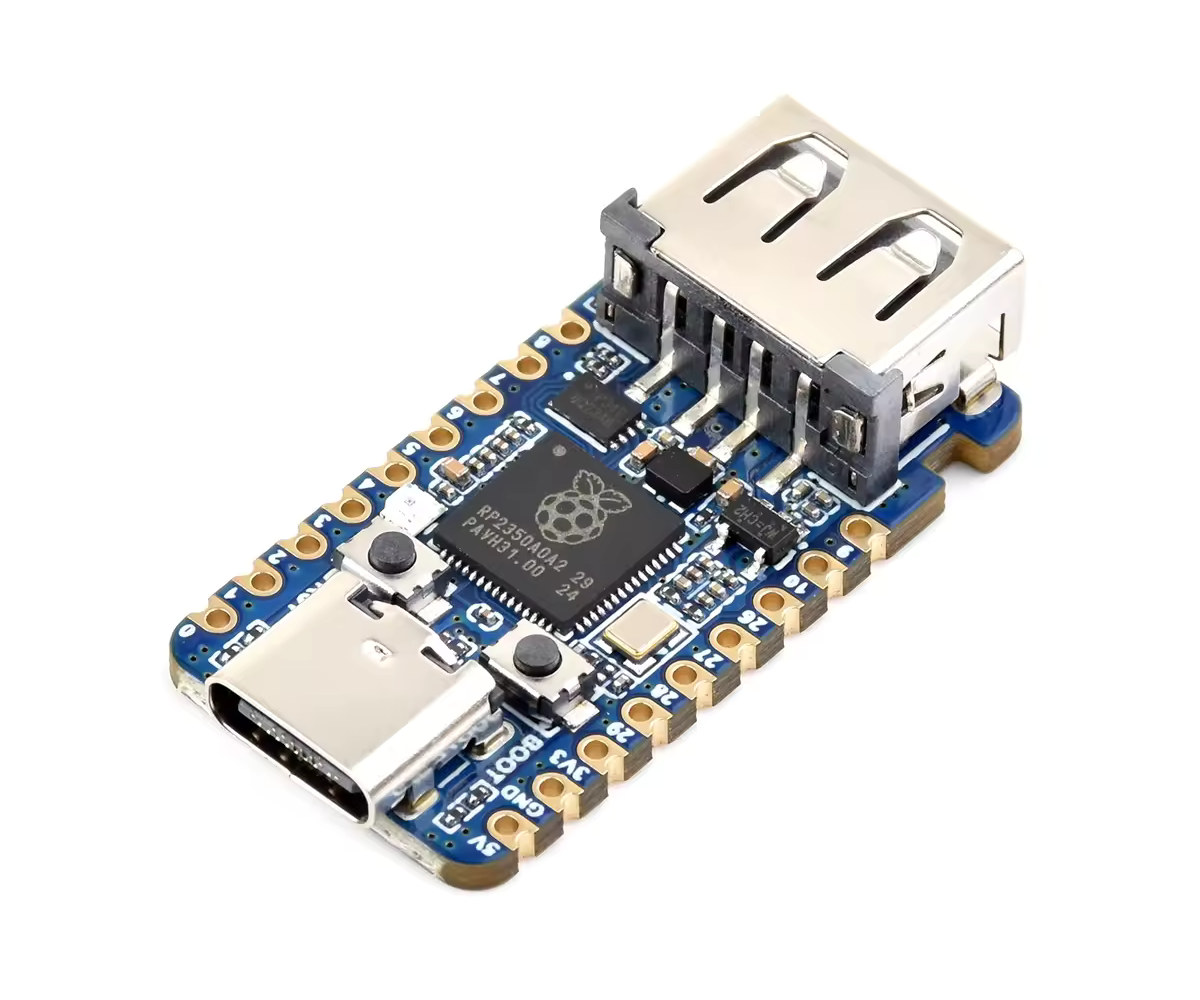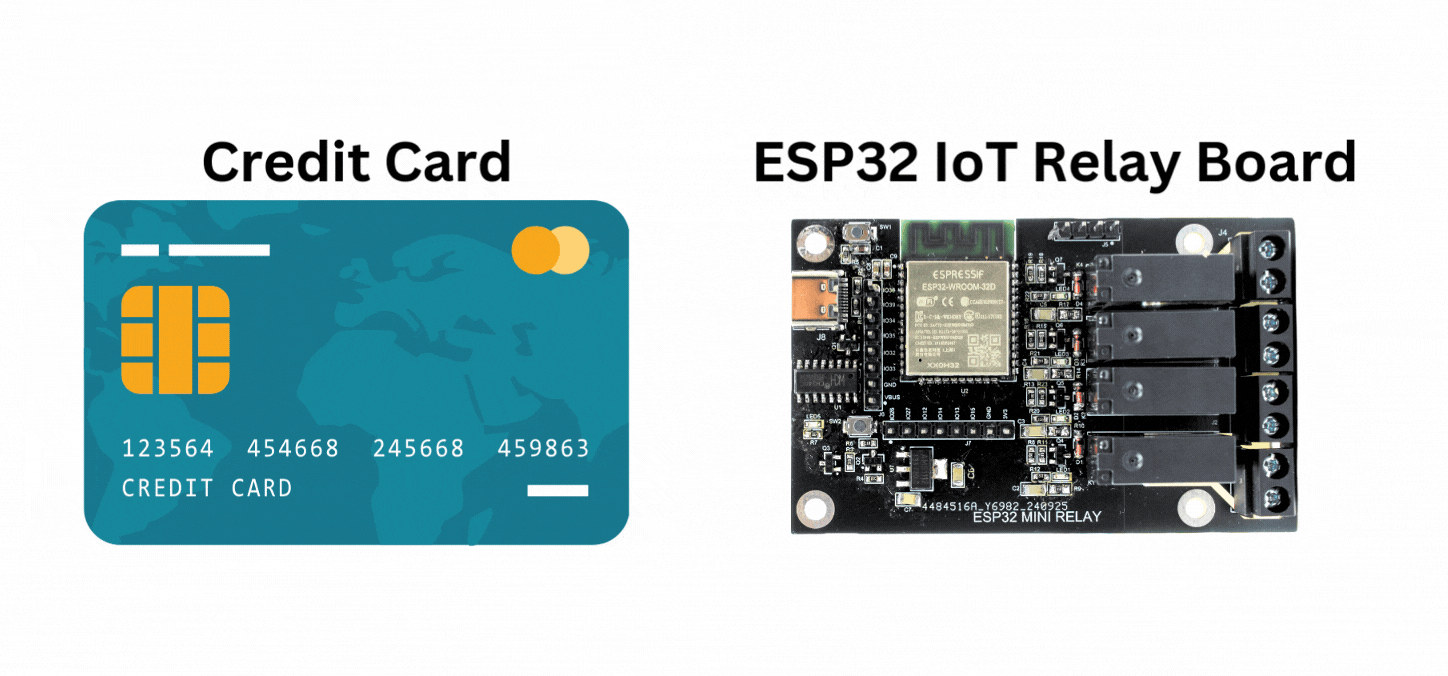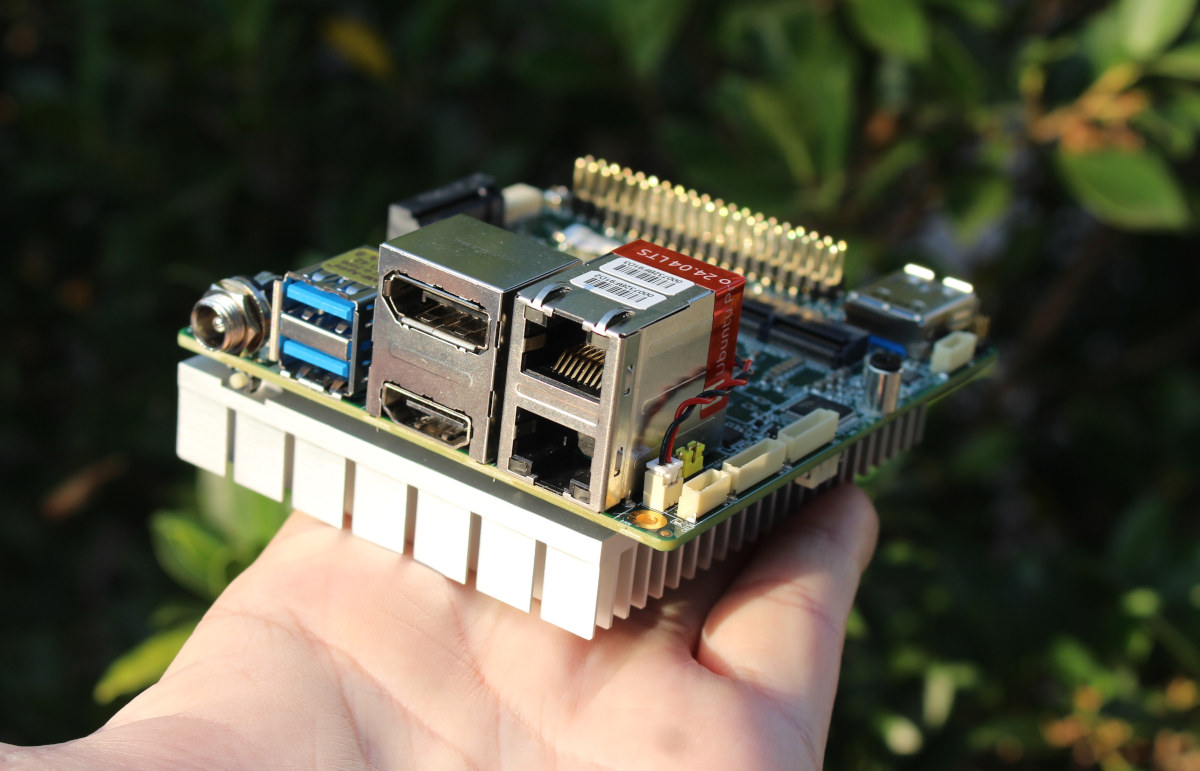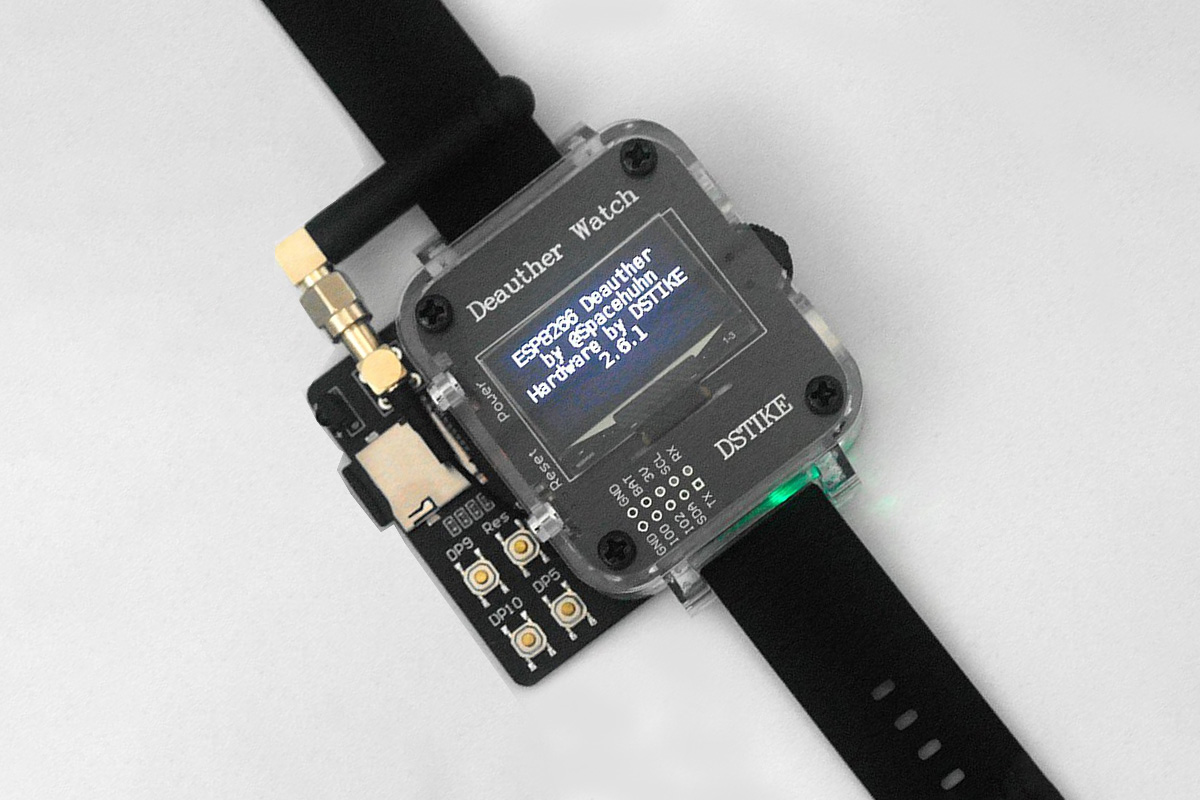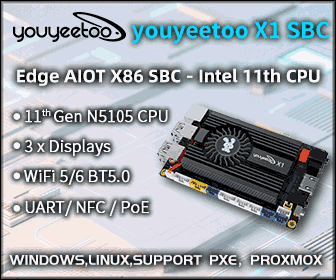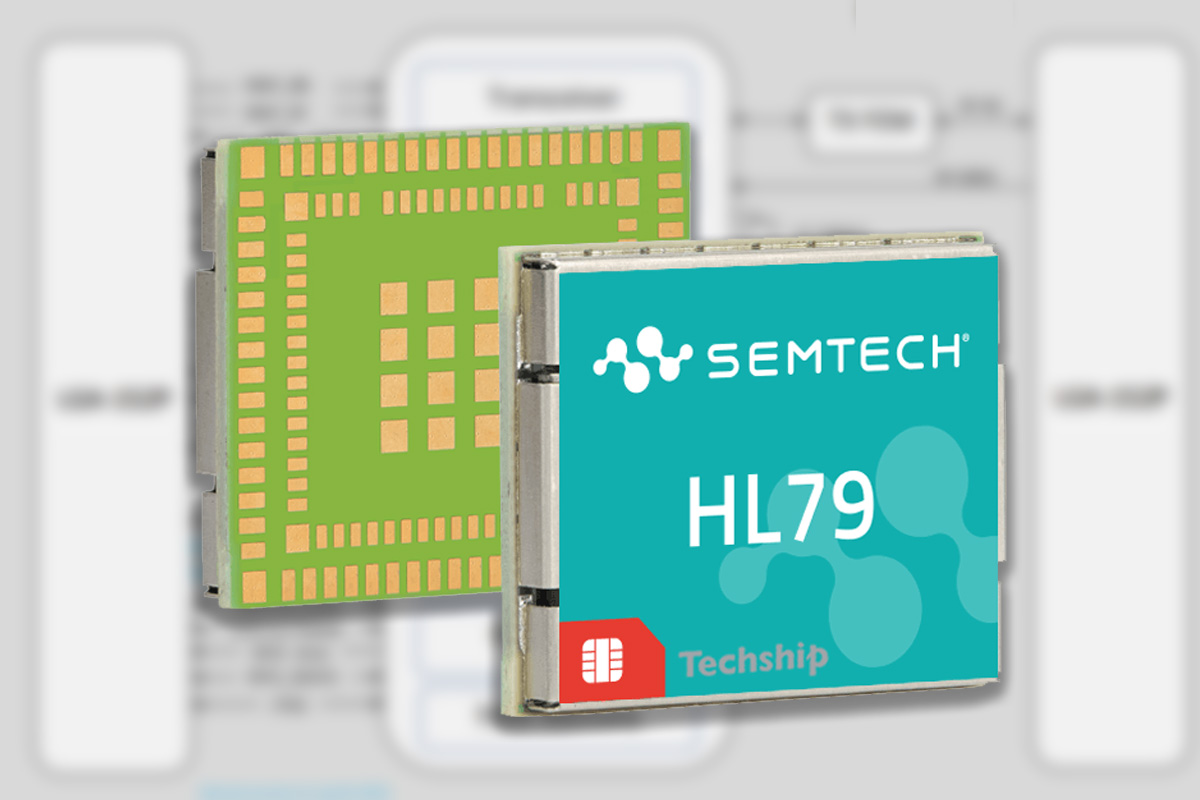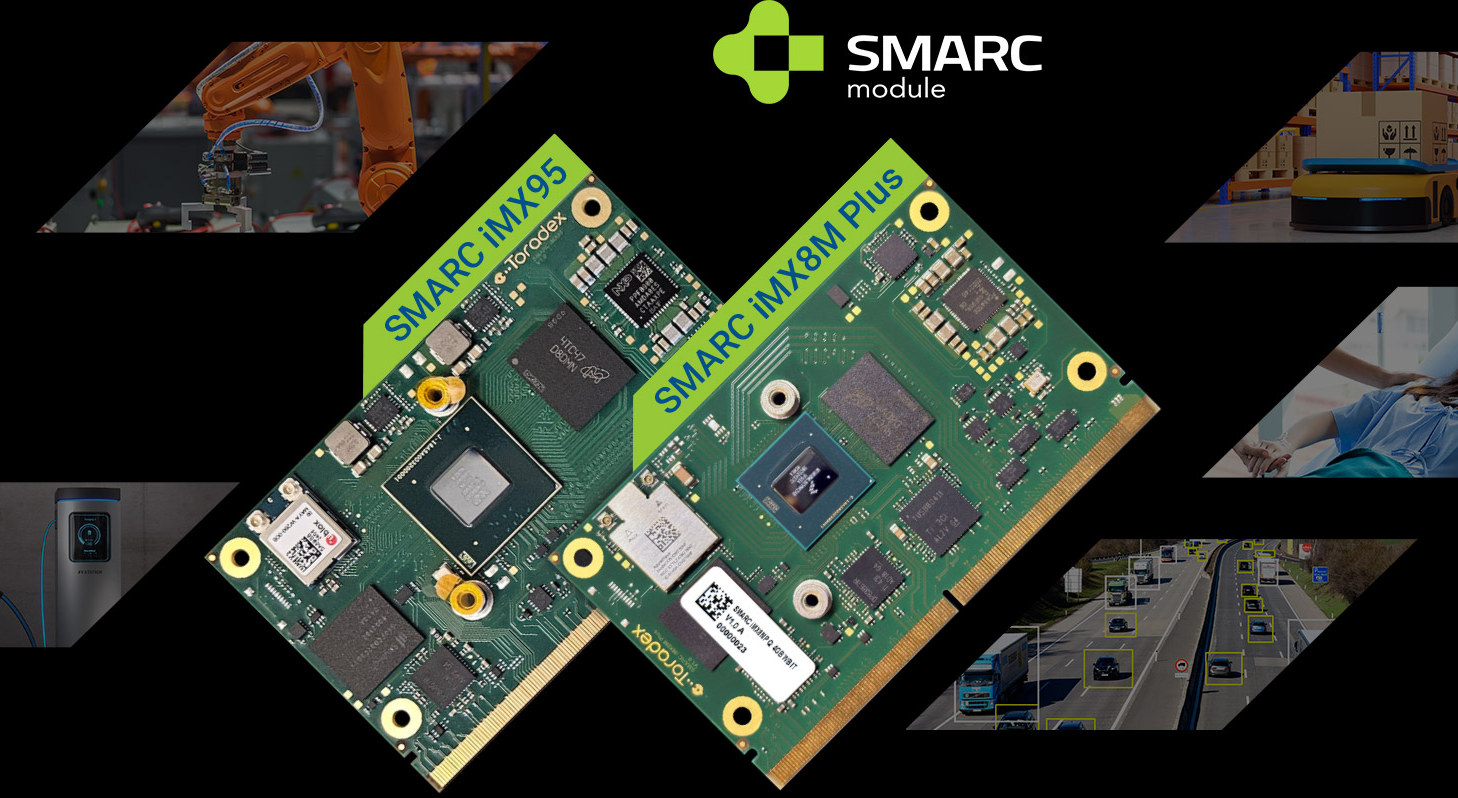RP2350-USB-A – A Raspberry Pi RP2350 board with an extra USB Type-A port using a PIO implementation
Waveshare RP2350-USB-A is a small Raspberry Pi RP2350 board with a USB-C port for power and programming and a USB-A port to use the board as a USB device or host through a programmable IO (PIO) implementation. The board also features an RGB LED and two GPIO headers, which could make it useful for controlling GPIO/I2C/UART/SPI-connected devices when connected to a USB keypad or similar input. Alternatively, it could emulate a keyboard, mouse, or other USB device when connected to a host. RP2350-USB-A specifications: SoC – Raspberry Pi RP2350A MCU CPU Dual-core Arm Cortex-M33 @150MHz with Arm Trustzone Dual-core 32-bit Hazard3 RISC-V @ 150MHz Up to two cores can be used at the same time Memory – 520KB SRAM Storage – 2MB SPI flash for firmware USB USB Type-A port connected to GPIO12, GPIO13, 5V, and GND USB 1.1 Type-C port for power and programming Expansion – 2x 9-pin 2.54mm […]


